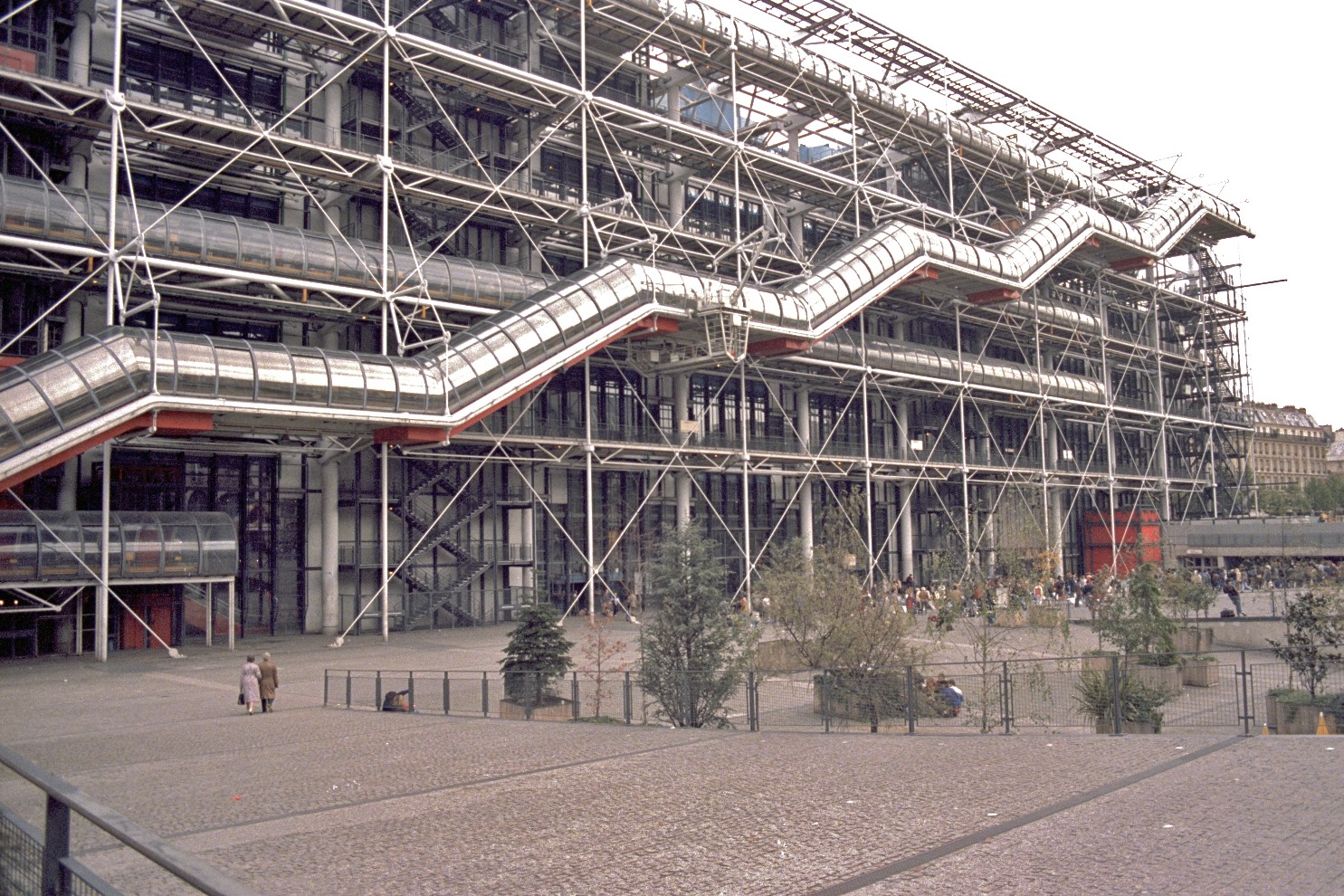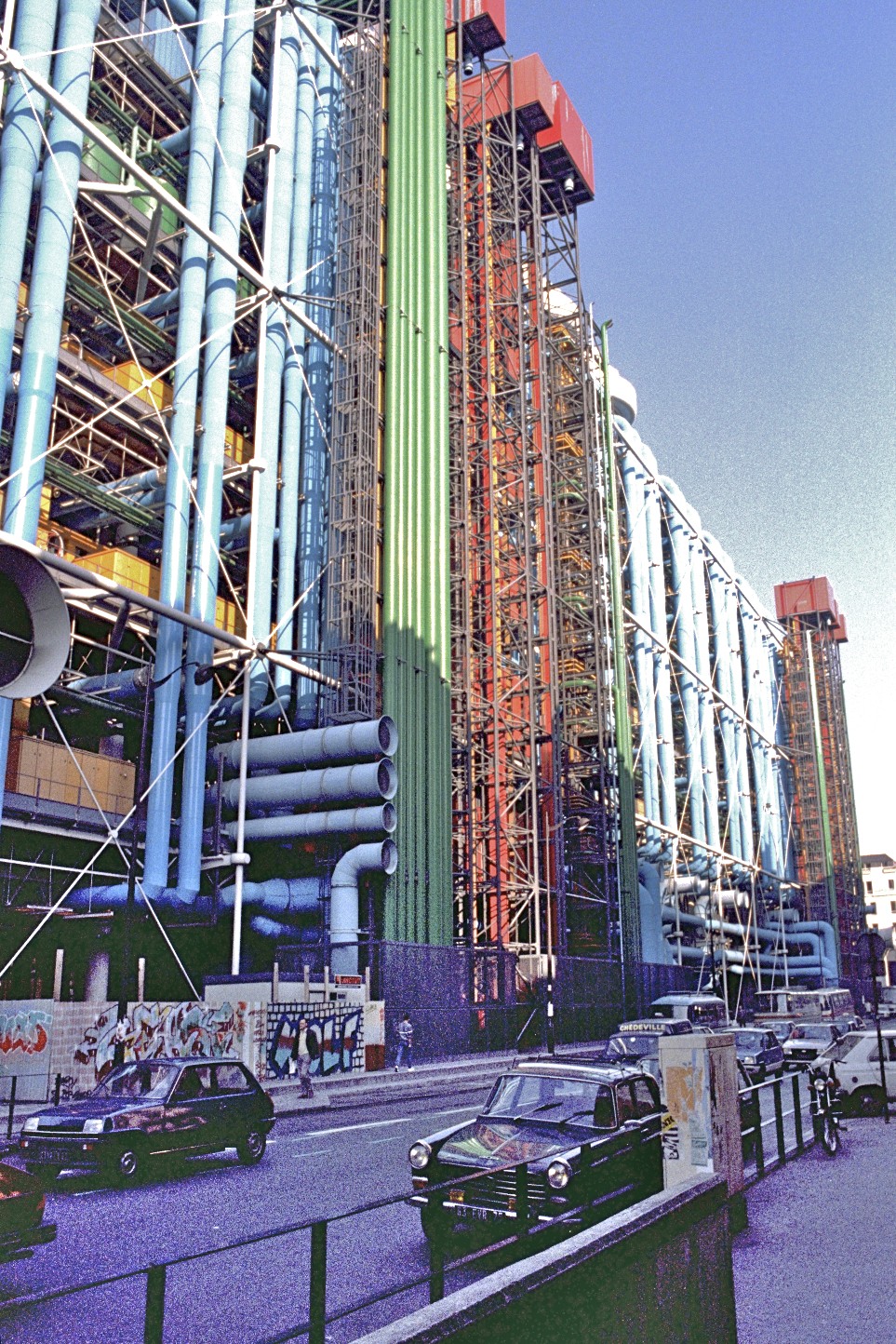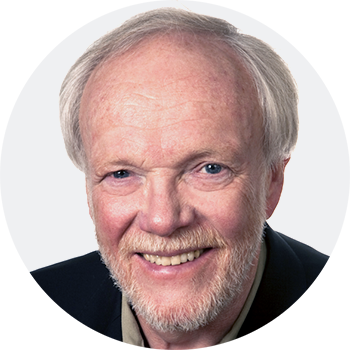Palais Beaubourg

Centre Pompidou, Palais Beaubourg
We turn our attention to Palais Beaubourg.
This was once the most controversial building in the world and has for a long time been one of the most popular museums in the world, opened in 1977.

Centre Pompidou, Palais Beaubourg
The palace itself has the appearance of a colourful oil refinery, all covered with ducts, big and small. Each colour represents a purpose, yellow for electricity, red for people and goods, green for water and blue for air-conditioning. The ducts are in a steel frame which is not covered on the outside. The palace was designed by Richard Rogers and Renzo Piano.
Centre Pompidou
We enter Centre Pompidou.
Inside there are a few museums. The most famous is the museum of modern art, one of the biggest museums of 20th C. art, a revelation for enthusiasts. The importance stems partly from French painters having been in the vanguard of modern art. This museum is on the 3rd and 4th floors. In a part of the 4th floor are shown the works of contemporary artists, partly avant gardists.
The museum covers mainly the history of 20th C isms, starting where impressionism left off. Exhibited are cubism and fauvism, abstract geometrism and expressionism, dada and surrealism, pop and conceptualism, etc. This history is clearly set forth in the museum and is in itself an excuse enough for a Paris visit.
Beaubourg also houses a branch of the famous film museum in Palais Chaillot, having a continuous run of vintage films. Also there are concerts, lectures and plays. The action is always on in the museum and it has proved to be one of the most successful museums of art in the world, a real pan-artistic museum. About 10 million people visit each year. Not to be forgotten is the view.

